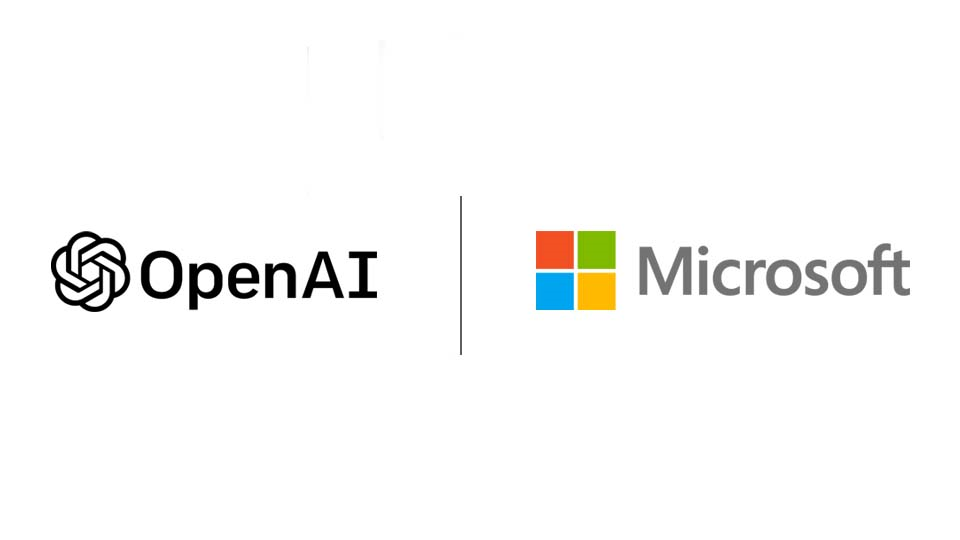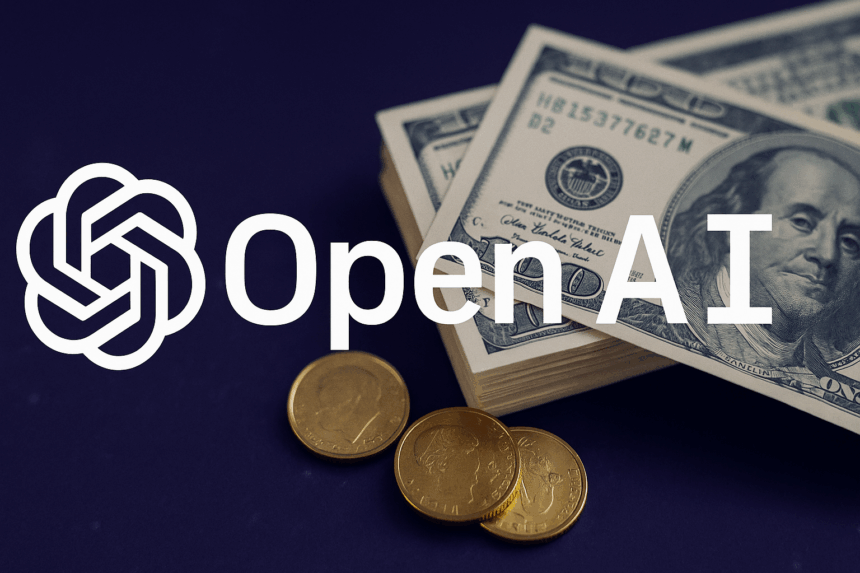The company that once called itself “a nonprofit for the public good” now operates as one of the most valuable businesses on the planet. OpenAI, the creator of ChatGPT, has officially transitioned into a fully for-profit entity. The change completes a journey that began in 2019 when the organisation formed its hybrid “capped-profit” model — and ends the nonprofit experiment that originally promised to democratise artificial intelligence.
OpenAI’s plans surprise few in Silicon Valley, but it resurrects old debates about money, ethics, and control in the race for artificial general intelligence (AGI).
What’s Happening & Why This Matters
OpenAI’s shift to a for-profit model is a defining juncture in AI development. The organisation, co-founded by Sam Altman, Greg Brockman, Ilya Sutskever, and Elon Musk, once pledged to keep AI research open and free from corporate influence. Today, it stands as a privately held, revenue-driven company valued above $150 billion, powered by investments from Microsoft and others.
From Nonprofit Roots to Corporate Powerhouse

When OpenAI launched in 2015, its mission was idealistic: to “ensure artificial intelligence benefits all of humanity.” It operated under a nonprofit structure to safeguard against conflicts of interest and profit-driven motives.
That changed in 2019. Facing steep costs from developing GPT models, OpenAI created a “capped-profit” arm — a hybrid that allowed investors to earn limited returns while maintaining a nonprofit oversight board. The compromise brought billions from Microsoft, but it also blurred OpenAI’s accountability.
Now, with its latest reorganisation, the “cap” disappears. OpenAI becomes a standard for-profit company, giving shareholders direct ownership and expanding their influence. Analysts say this structure lets OpenAI compete with Google DeepMind, Anthropic, and xAI on capital and talent — but at the cost of its founding principles.
Governance Drama and Power Consolidation
The new structure comes months after OpenAI’s internal governance crisis. In late 2023, the nonprofit board fired CEO Sam Altman for “not being consistently candid.” Days later, he returned, backed by employees, investors, and Microsoft.
That episode revealed the real tension: control. The board’s original design limited profit influence; the restructuring eliminates that protection. OpenAI now answers directly to its investors, not its nonprofit mission.
A company spokesperson told TechFyle, “This structure enables us to pursue our mission with more agility.” Critics see it differently. Former OpenAI researcher Timnit Gebru said, “It’s no longer a mission-driven lab. It’s a trillion-dollar racehorse for Microsoft.”
The Business Behind AI’s Future
Under the new structure, OpenAI monetises its technology across multiple verticals — cloud computing, education, healthcare, finance, and government contracts. Its subscription products, ChatGPT Plus and GPT Enterprise, generate billions annually.

Microsoft deepens its stake by embedding GPT models into Microsoft 365 and Azure AI, creating a commercial pipeline that extends OpenAI’s reach globally.
Meanwhile, OpenAI’s data partnerships and model licensing agreements solidify its control over the emerging AI economy. The nonprofit oversight board still exists but now serves an advisory role, without legal power over decisions.
Tech ethicists warn that OpenAI’s for-profit evolution transforms it from a research lab into a data conglomerate. The company once promised open collaboration; today, it limits API access, restricts competitors, and charges premium fees for enterprise integration.
TF Summary: What’s Next
OpenAI’s for-profit transition changes everything — not only for the company but for the future of artificial intelligence. The organisation that once rejected corporate motives now competes head-to-head with leading tech titans it once sought to unseat.
MY FORECAST: Expect OpenAI’s next act to include IPO readiness and deeper alignment with Microsoft’s infrastructure. The nonprofit ideals that once defined the company fade into a model designed for dominance, not distribution. The new OpenAI pursues profit, scale, and control — and the world adjusts to the reality that the most powerful AI company now answers to shareholders, not society.
— Text-to-Speech (TTS) provided by gspeech


